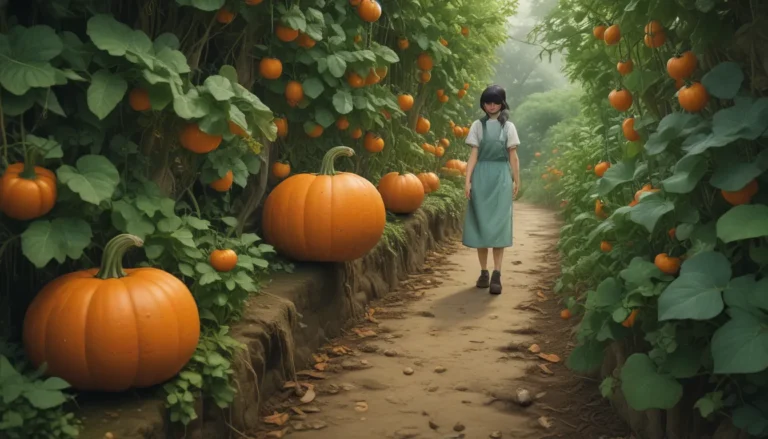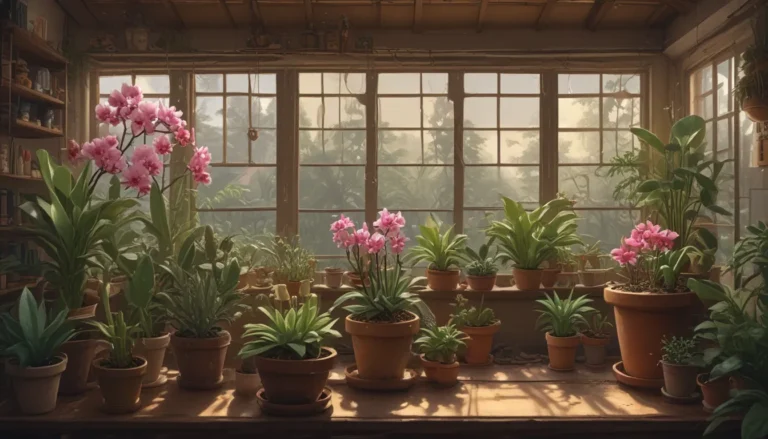The Optimal Time for Planting Tomatoes: A Comprehensive Guide

Are you struggling to determine the best time to start planting tomatoes in your garden? It can be confusing, with the risk of planting too early or too late looming over every decision. To help you navigate this dilemma and ensure a bountiful harvest, we’ve compiled valuable information to guide you through the process.
Understanding the Factors
Before you dive into planting your tomatoes, it’s essential to consider several key factors that influence the optimal time to start growing them:
- Temperature: Nighttime temperatures should consistently be above 50°F, with soil temperatures around 60°F for best results.
- Sunshine: Tomatoes require at least six hours of full sun exposure daily to thrive, except in very hot climates where some afternoon shade may be beneficial.
- Days to Maturity: Consider the number of days it takes for your chosen tomato variety to mature and produce fruit, aligning it with your growing season.
Taking these factors into account will help you determine the perfect planting window for your tomatoes.
Calculating Your Optimal Planting Date
Establishing your optimal planting date is crucial to the success of your tomato crop. Start by identifying the last expected frost date in your USDA Hardiness Zone. Waiting until after this date is imperative to prevent frost damage and ensure the plants’ survival.
While frost dates provide a general guideline, it’s advisable to track your local microclimate’s data for more accurate information. Additionally, consider the following aspects when calculating your planting date:
- Plan to plant after the last frost date while ensuring consistent warm temperatures.
- Consult seed packets for the number of days to maturity and count back from the first fall frost date to determine the ideal planting window.
- Select tomato varieties with shorter maturity times in colder climates to avoid frost damage.
By incorporating these considerations, you can pinpoint the perfect time to plant your tomatoes and maximize your harvest.
Starting Seeds Indoors
Indoor seed starting offers a head start on the growing season, but timing is crucial for successful germination and plant development. While the recommended timeframe is six to eight weeks before transplanting outdoors, some gardeners opt for an earlier start to encourage robust growth.
Here are some tips for starting tomato seeds indoors:
- Use lightweight seed starting mix in small pots, covering the seeds with a quarter-inch of soil.
- Maintain consistent moisture and warmth for optimal germination.
- Transition seedlings to larger containers as they grow, ensuring sufficient root space.
- Harden off seedlings gradually before transplanting them outside to acclimate to outdoor conditions.
Starting seeds indoors allows for controlled growth and ensures healthy plants for the garden.
Planting in the Garden
When the time comes to plant your tomatoes in the garden, choose a sunny spot with well-draining soil to promote healthy growth. Prioritize preparations such as soil amendment and mulching to create an ideal environment for your plants.
Follow these guidelines for planting tomatoes in the garden:
- Bury the plants’ stems vertically, leaving only the top leaves above the soil.
- Water thoroughly and mulch around each plant to retain moisture and suppress weeds.
- Provide support such as cages or stakes to prevent sprawling and support plant growth.
- Monitor the plants’ progress and adjust care practices as needed for optimal results.
By following these steps, you can ensure a successful transition from indoor seedlings to thriving garden plants.
Tips for Abundant Harvests
To enhance your tomato harvest, consider the following tips for optimal growth:
- Select varieties suited to your climate and desired maturity time.
- Utilize black plastic or mulch to warm the soil and accelerate plant growth.
- Allow for sufficient time after the last frost to ensure robust plant development.
By implementing these strategies, you can enjoy a plentiful tomato harvest and savor the rewards of your gardening efforts.
Conclusion
Determining the best time to plant tomatoes involves careful consideration of various factors ranging from temperature and sunlight to maturity timelines. By following a calculated approach and leveraging these insights, you can cultivate a successful tomato crop and enjoy a bountiful harvest.
Are you ready to embark on your tomato gardening journey? Share your tips and experiences in the comments section below!
For more information on growing tomatoes and maximizing your harvest, explore the following articles:
- How to Store Your Tomato Harvest
- How to Grow Tomatoes in Containers
- How to Make Tomatoes Turn Red When They Refuse to Ripen on the Vine
Let’s cultivate thriving tomato plants together and savor the delicious fruits of our labor!





